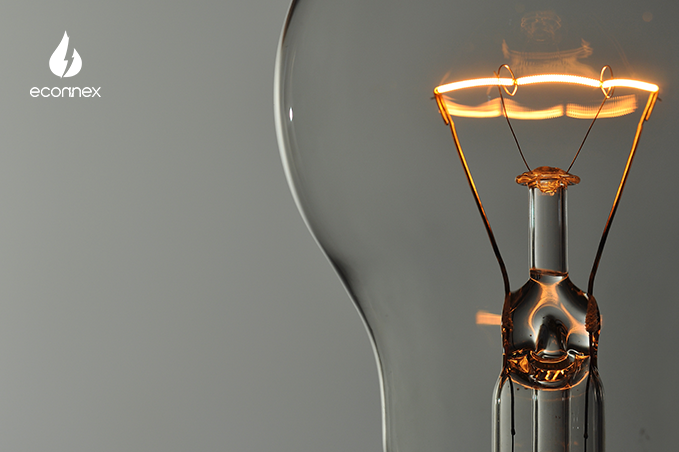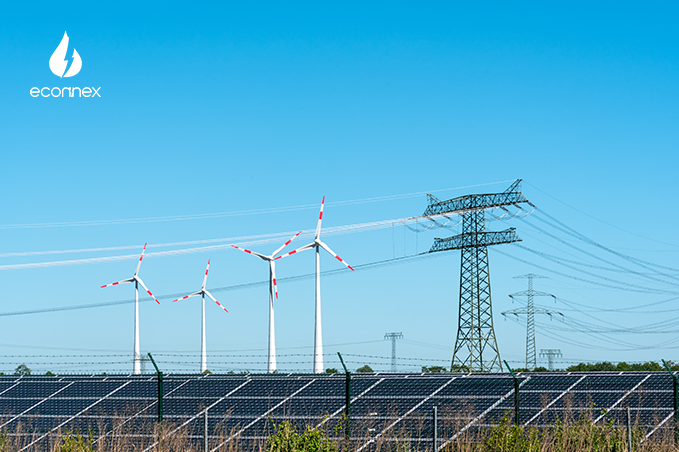Understand the National Energy Guarantee (NEG) - a policy driving reliability, affordability, and lower emissions.

Published on 21/12/2023
By Parneet Kaur
Energy Comparison
Like 20 years ago we had some of the cheapest power in the world. We are one of the world’s biggest coal and gas exporters. The transition from coal to renewables has been poorly managed from the start. Some households in regional areas pay more for their power bills than their rent. We are indeed in an energy crisis, and we might face a chaotic future. There’s plenty of blame to go around, but somehow our state leaders avoid responsibility. Let’s see what else the government can do to nip the bud.
The government plans to deliver an affordable and reliable energy system that will guarantee enough electricity supply to households and businesses with reliability to provide affordable power.
In October 2017, National Energy Guarantee (NEG) was proposed to deal with rising energy prices and the lack of clarity in investing in energy infrastructure by energy companies. They set sights on approval for NEG timetabled for August and have it legislated by Christmas. Before that happens let’s take a closer look at NEG.
The NEG requires energy retailers and big energy users to write contracts to meet emissions reduction and reliability obligations.
Requires retailers to make an available proportion of electricity from dispatchable sources, including batteries, hydro, or gas precisely varying from state to state.
Retailers will be given targets to drive greenhouse emissions by 26% on 2005 levels by 2030. 28%-36% of electricity generation will be renewable energy with 24% intermittent (wind/solar etc.) and the remaining as dispatchable hydro. This is in line with Australia’s commitment under the Paris climate treaty to reduce all emissions by 26% to 28% by 2030.
A forecast of an average savings of $110-$115 (AUD) per year per household by 2020-2030. They will also abolish the Limited Merits Review, the mechanism that energy companies can use to appeal the decisions of the Australian Energy Regulator so that energy companies will also have difficulty in getting loans to build additional infrastructure.
The NEG will only apply to the National Energy Market which excludes WA and NT which means after 2020 those two markets might have no federal emissions reduction policy.
Energy retailers might face government intervention if they don’t move to lower power prices for consumers after a drop in wholesale charges.
In a draft design was circulated on Friday, June 15, 2018, with the final design to be completed in a month. Energy Security Board which recommends National Energy Guarantee (NEG) recommends flexibility measures to help retailers adapt to the NEG.
Exemption from emissions reduction standards for the first 50,000 megawatt hours of power sold each year will be given to small retailers, whereas larger retailers will carry forward their “over achievement” to the next year and exceed the reduction target in one year, with limits. Underachieved retailers, could make up for the next year, with restrictions.
To meet the emissions obligation, retailers and large users can use “any contractual arrangement” if they want to allocate emissions from a generator to a retailer via a central registry drawing on existing greenhouse gas reporting.
Environment Victoria released a report which says a 26% target for electricity would force substantial emission cuts on farmers, truckers, airlines, and manufacturers. NEG in this principle is supported by Federal Labor but argues the emission target for 2030 should be 45%, with the said report the draft emphasized the scheme is politically flexible and emissions reduction target can be changed.
The flexibility of the policy should win the support of the Labor States and Federal Labor, it presents internal problems for the Coalition with climate rebels led by Tony Abbott. He believes there should be no emissions reductions, let alone a policy that can increase the level of reductions.
A penalty system will be implemented. Penalty on reliability obligation has two stage penalty. The first relates to assigning the cost of the Australian Energy market operator to have secure emergency reserves to non-compliant retailers. Second, a court-enforceable maximum amount of $10 million per breach.
Electricity retailers who fail to meet emissions reduction don’t have a financial penalty on the first stage of recovering costs under a reliability framework. The maximum fine is $100 million per breach.
Retailers need to only worry about reliability obligation if the Australian Energy Market Operator (AEMO) forecasts that the Reliability Standard might not be met, starting ten years out. Reliability obligation can be triggered if retailers and energy users fail to fill a gap after seven years – three years out from a forecast breach. But before AEMO can do so, it must get a green light from the Australian Energy Regulator (or the Australian Energy Market Commission’s reliability panel).
Big businesses are worried the system would force them to take on the risk and cost of dealing with power shortfalls.
We are keeping an open mind, but we do have some concerns that need to be sorted out,” said Andrew Richards, Chief of the Energy Users Association of Australia.
The reaction to the NEG is exceptionally mixed, and it has received both strong support and dislike. Will this NEG benefit the whole nation?



